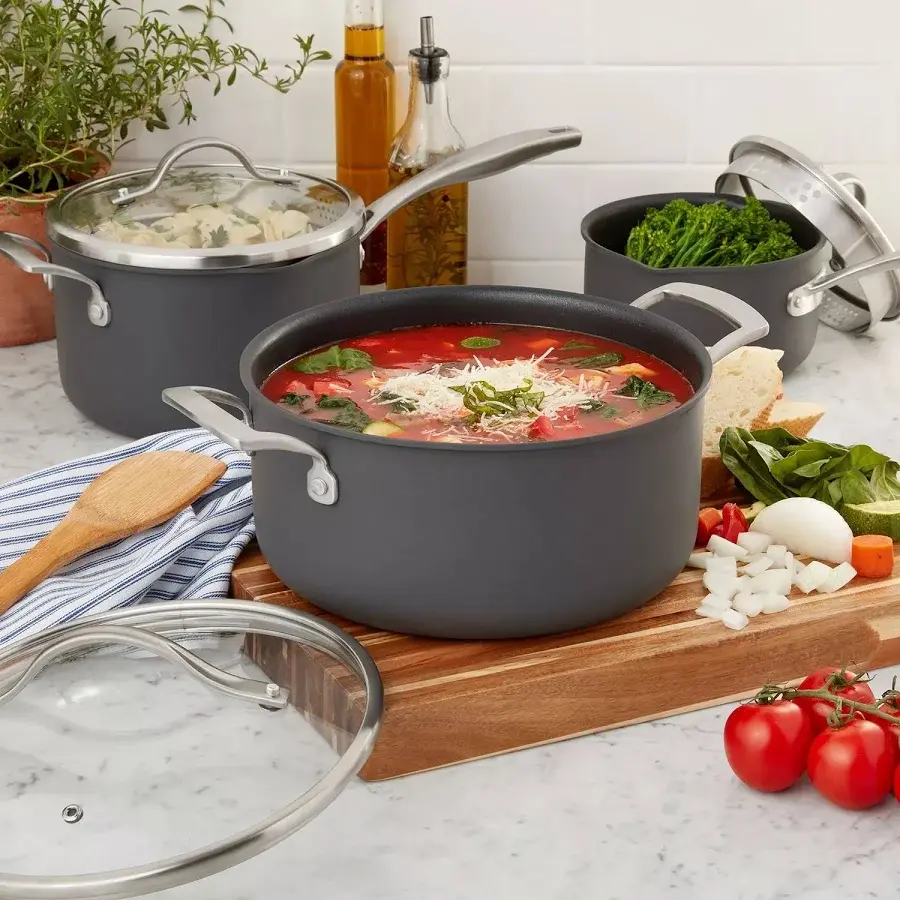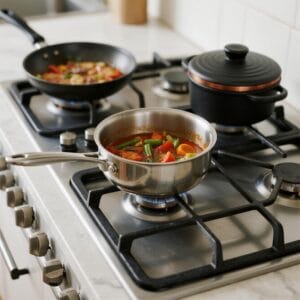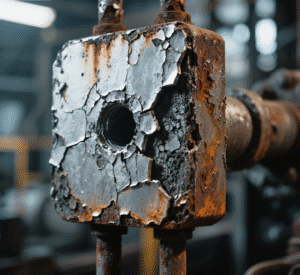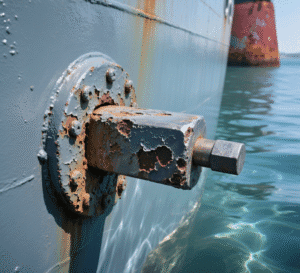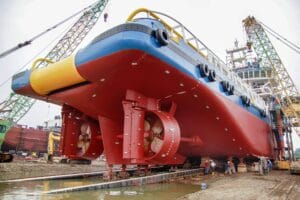When it comes to cookware, durability is everything. A reliable material can mean years of consistent performance, less time spent on maintenance, and overall better cooking results. But which materials actually last the longest?
Materials like stainless steel, cast iron, copper, aluminum alloy, and Triply are widely considered some of the most durable options for cookware. Each offers unique strengths that suit different cooking styles and preferences, making it essential to choose the right one for your needs.
Let’s take a closer look at these materials to understand their durability, benefits, and potential drawbacks, helping you find the ideal cookware for your kitchen.
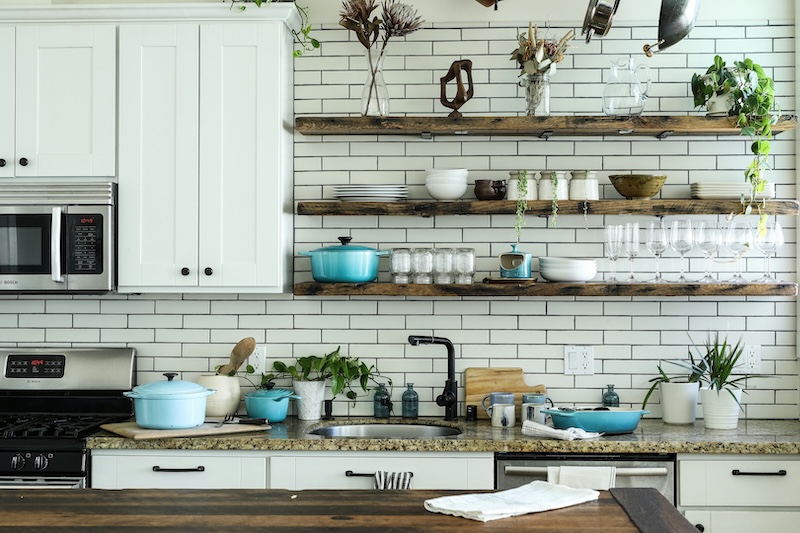
Why Is Stainless Steel Considered a Durable Cookware Material?
Stainless steel is one of the most popular materials for cookware because of its excellent corrosion resistance and overall durability. It’s versatile, easy to maintain, and suitable for a wide range of cooking methods.
Advantages of Stainless Steel:
• Corrosion Resistance: Stainless steel doesn’t rust or react with acidic or alkaline foods, making it perfect for cooking a variety of ingredients.
• Durability: Its scratch-resistant surface retains its shine over time, even with frequent use.
Disadvantages:
• Poor Heat Conductivity: Single-layer stainless steel doesn’t conduct heat well on its own and often requires an aluminum or copper core to improve heat distribution.
In my experience, stainless steel’s durability and versatility make it a great choice for both home kitchens and professional settings. Its resilience means it holds up well to daily use without significant wear.
How Does Cast Iron Rank Among the Most Durable Cookware Materials?
Cast iron is known for its incredible heat retention and longevity, making it ideal for high-temperature cooking and slow-cooking methods. It’s a favorite for anyone who loves cooking with steady, consistent heat.
Advantages of Cast Iron:
• Superior Heat Retention: Cast iron holds heat longer than most materials, making it ideal for slow-cooking and high-heat applications like searing or frying.
• Natural Non-Stick: When properly seasoned, cast iron develops a natural non-stick surface that doesn’t require chemical coatings.
Disadvantages:
• Heavy: Cast iron is heavy, which can make it challenging to handle, especially for large pieces.
• Requires Regular Maintenance: Cast iron is prone to rusting, so it needs regular seasoning and care to keep it in top condition.
Despite the weight and maintenance requirements, I find cast iron’s ability to hold and maintain heat makes it invaluable, especially for recipes that benefit from a steady cooking temperature.
Why Is Copper Considered Durable, and What Are Its Drawbacks?
Copper cookware is renowned for its excellent heat conductivity, which allows for precise temperature control—an essential quality for certain cooking techniques. While copper is typically more expensive, its benefits are undeniable in professional and high-end cooking.
Advantages of Copper:
• Rapid Heat Conductivity: Copper heats quickly and responds almost instantly to temperature changes, providing exceptional control over cooking.
• High-End Appearance: Copper’s aesthetic appeal makes it a beautiful addition to any kitchen and ideal for open kitchens or serving directly at the table.
Disadvantages:
• High Cost: Copper is expensive, making it a more common choice for professional chefs or those willing to invest in high-performance cookware.
• Frequent Maintenance Required: Copper tarnishes easily and needs regular polishing to maintain its appearance. It’s also often lined with stainless steel to prevent food reactions.
I appreciate copper’s unmatched heat control, but due to its maintenance and price, I reserve it for specific cooking tasks where precision is key.
How Does Aluminum Alloy Stand as a Durable Cookware Material?
Aluminum alloy is valued for its lightweight and fast heating properties. When anodized, aluminum becomes more scratch-resistant and durable, making it a popular choice for everyday cooking.
Advantages of Aluminum Alloy:
• Lightweight and Fast-Heating: Aluminum alloy heats up quickly, making it perfect for quick-cooking tasks. It’s also easy to handle due to its lightweight nature.
• Enhanced Durability: Anodized aluminum resists scratches and corrosion, significantly extending its lifespan.
Disadvantages:
• Reactivity in Uncoated Form: Without anodization, aluminum can react with acidic foods, affecting flavor and appearance.
For me, anodized aluminum is an excellent balance of durability and convenience. It’s perfect for fast, lightweight cooking, and the anodized finish provides better protection for regular use.
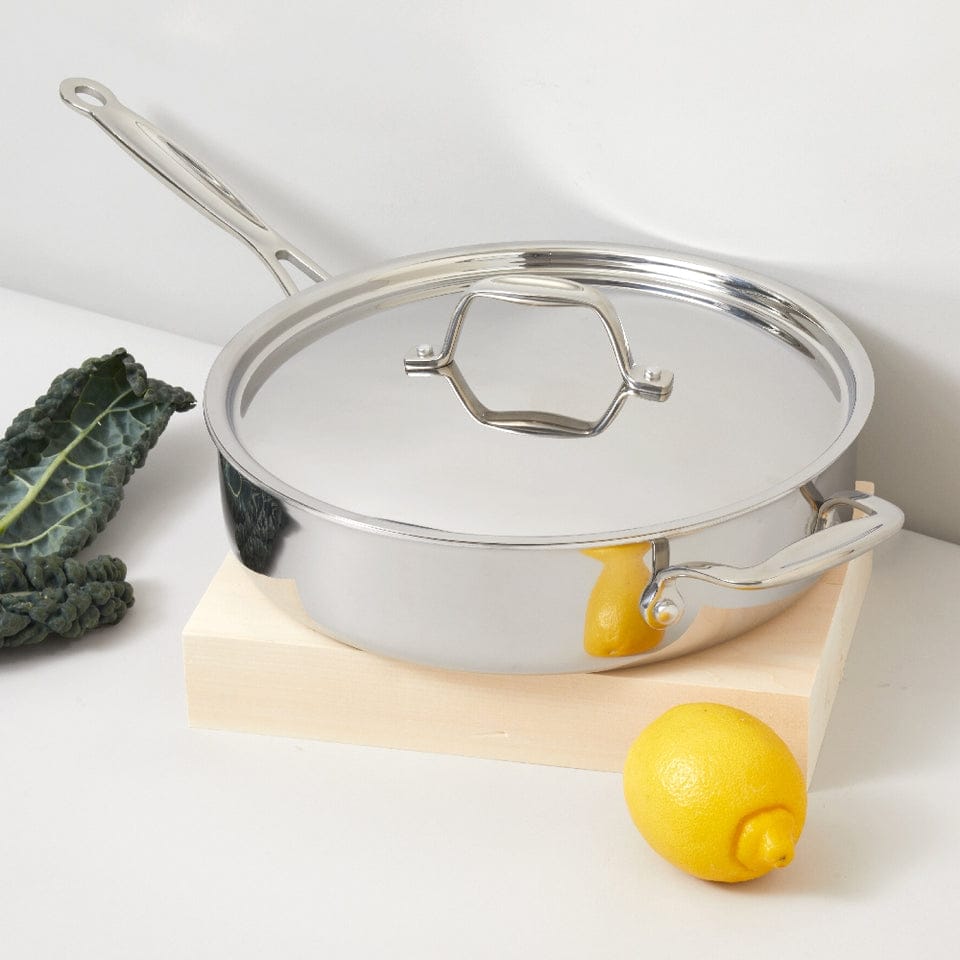
What Makes Triply (Three-Layer) Cookware Material Highly Durable?
Triply cookware features a three-layer construction, usually consisting of a stainless steel exterior with an aluminum core. This multi-layer design combines the best of both metals, providing efficient heat distribution with excellent durability.
Advantages of Triply Material:
• Even Heat Distribution: The aluminum core provides rapid, uniform heating, while the stainless steel layers add corrosion resistance and durability.
• Versatile Performance: Triply is suitable for all types of cooking, from frying to slow simmering.
Disadvantages:
• Higher Cost: Triply cookware can be more expensive due to its layered construction, but the performance it offers often justifies the investment.
In my opinion, Triply material strikes a fantastic balance between durability and heat efficiency, making it a top choice for home and professional kitchens alike. Its multi-layer design provides consistent cooking results across different recipes.
How Does Carbon Steel Compare in Durability and Versatility?
Carbon steel is often seen as a middle ground between cast iron and stainless steel. It heats quickly, is relatively lightweight, and, when properly seasoned, gains a natural non-stick surface.
Advantages of Carbon Steel:
• Moderate Weight: It’s lighter than cast iron but offers similar heat retention, making it easier to handle.
• Quick Heating and Seasoning Capability: Carbon steel heats evenly and, once seasoned, provides a naturally non-stick surface that improves with use.
Disadvantages:
• Requires Regular Maintenance: Like cast iron, carbon steel is prone to rust and needs regular seasoning to maintain its performance.
I find carbon steel to be an excellent option for those who want the benefits of cast iron with easier handling. It’s versatile, and its naturally non-stick surface makes it a solid choice for searing and high-heat cooking.
Claim: Why These Materials Are Considered the Most Durable for Cookware
Each of these materials offers outstanding durability in its own way. Stainless steel and Triply provide excellent corrosion resistance and uniform heating, making them ideal for all-purpose cooking. Cast iron and carbon steel shine in heat retention and high-temperature cooking, while copper offers the best heat control for precision cooking. Aluminum alloy is lightweight and affordable, ideal for quick, everyday use.
Conclusion: Which Durable Cookware Material Is Best for You?
In summary, the best cookware material depends on your specific needs. Each material—whether it’s stainless steel, cast iron, copper, aluminum alloy, or Triply—has distinct qualities that make it ideal for certain cooking styles.
Choosing the right durable material will ensure a better cooking experience and long-lasting performance. Understanding these differences helps me pick the ideal cookware that enhances my kitchen experience and stands the test of time.

